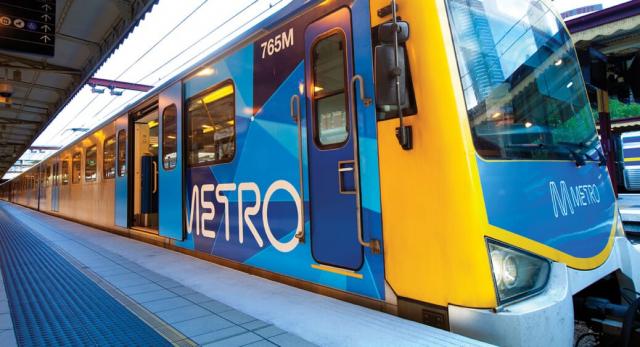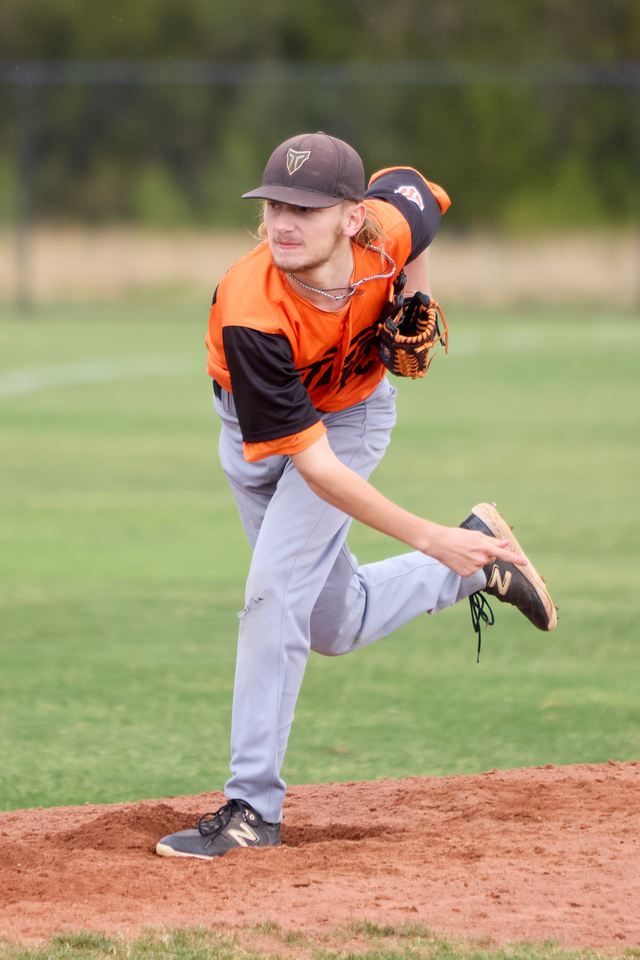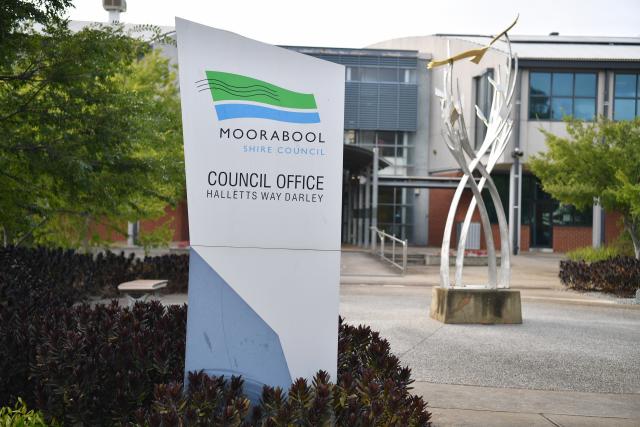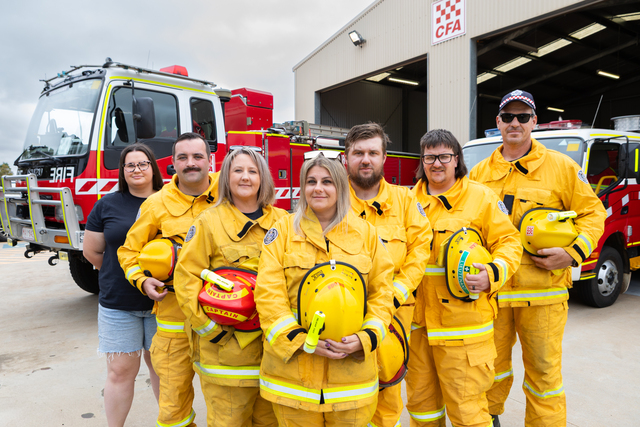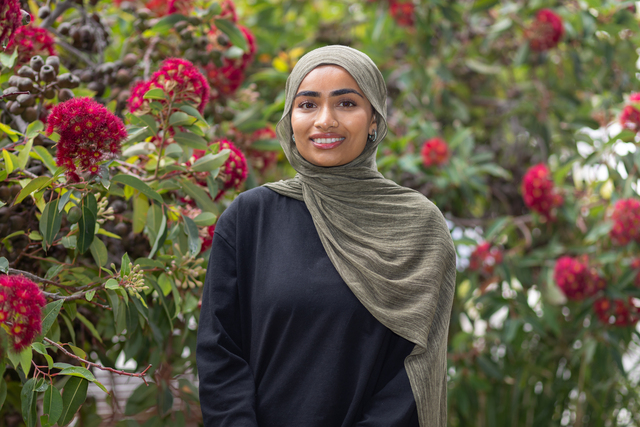Rockbank and Plumpton residents have one of the highest rates of diabetes in the state.
Almost 10 per cent of people living in the 3335 postcode are diabetic, compared to the national average of 4.9 per cent.
The only metropolitan Melbourne suburb ranking higher was Laverton North, at 12.5 per cent.
Earlier this month, Diabetes Victoria mapped the prevalence of types 1 and 2 diabetes across the nation. The map ranked Melton municipality, not including its eastern corridor, as “high”, with more than six per cent of the population reporting as diabetic.
About five per cent of the people living in postcode 3023, which includes Burnside, Caroline Springs and Ravenhall, and code 3037, including Hillside and Taylors Hill, were diabetes sufferers.
Diabetes Victoria chief executive Craig Bennett said the data showed the extent of the challenge diabetes posed around the state.
“Diabetes is a major health challenge confronting Victoria and, unless we act, it could threaten the long-term viability of our health system,” Mr Bennett said.
“When it comes to diabetes, no-one is winning. In the past year, more than 27,000 Victorians were diagnosed with diabetes and we know, from an audit published last year in the
Medical Journal of Australia, that at least one in four public hospital beds are occupied by people with diabetes or related complications.”
While there was no definite link to the prevalence of type 2 diabetes and socio-economic disadvantage, Mr Bennett said they were associated. Income levels, education and access to public health services were all factors to consider.
Mr Bennett encouraged people to eat plenty of fresh fruit and vegetables, and to exercise regularly.
Diabetes educator Sheree Rennie, who runs clinics at Bacchus Marsh and Melton, said she had noticed a rapid increase in type 2 diabetes in the west, possibly due to rapid population growth.
“Migration is quite high and people from certain countries – people with Chinese, European and Indian backgrounds – are at higher risk of getting diabetes.”
She urged people with a family history of diabetes to get routine checks and familiarise themselves with diabetes support groups.











